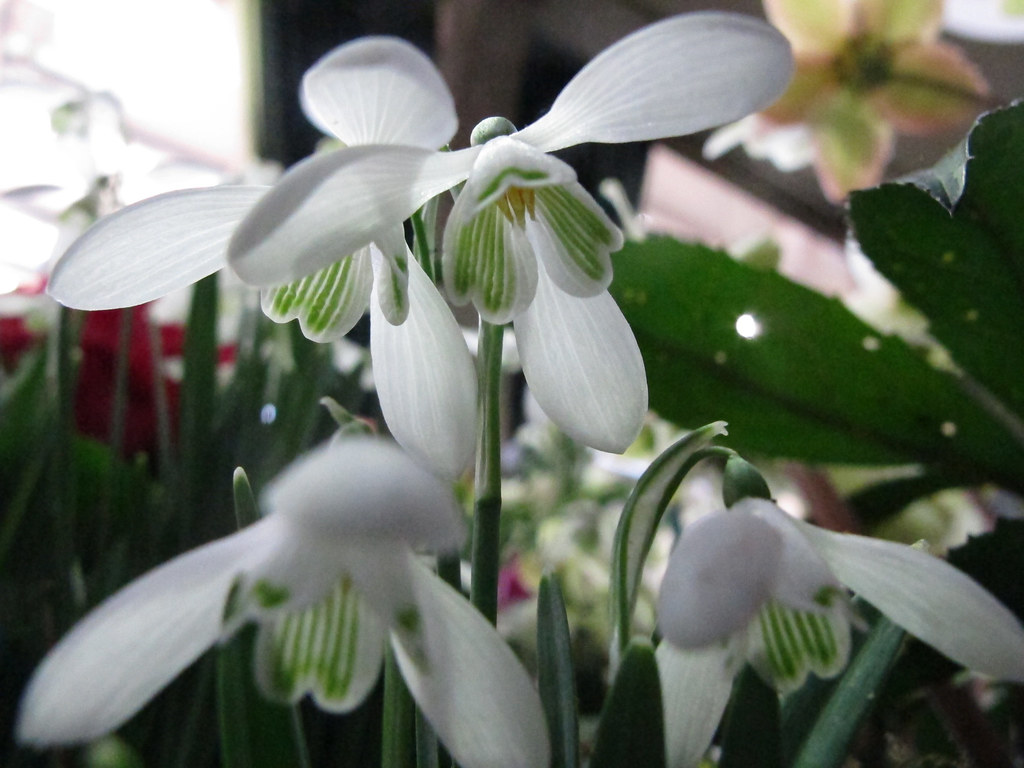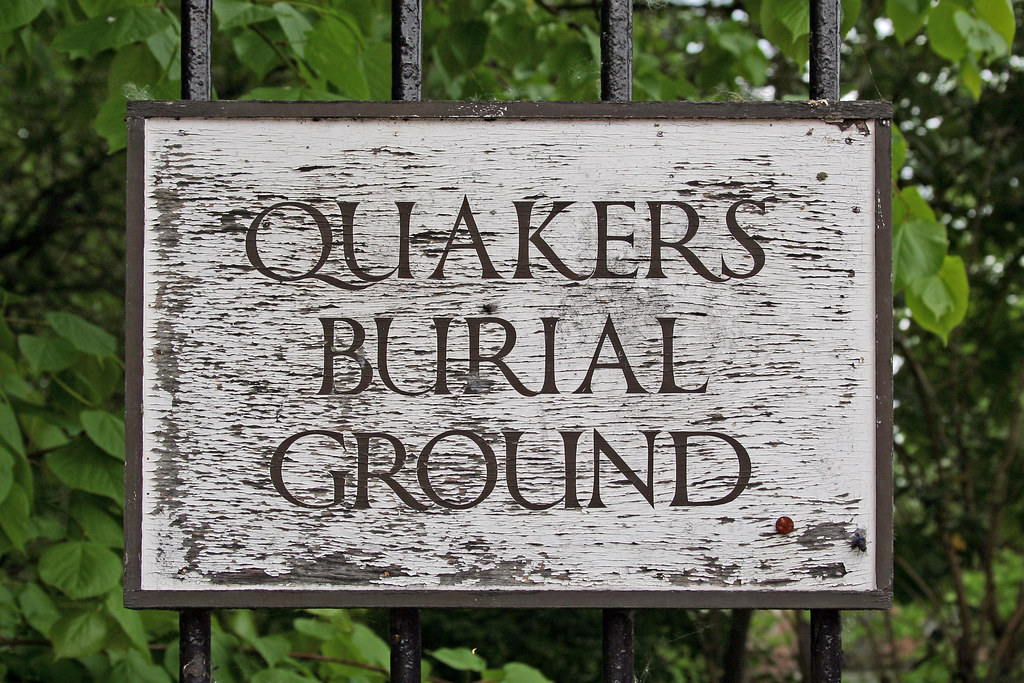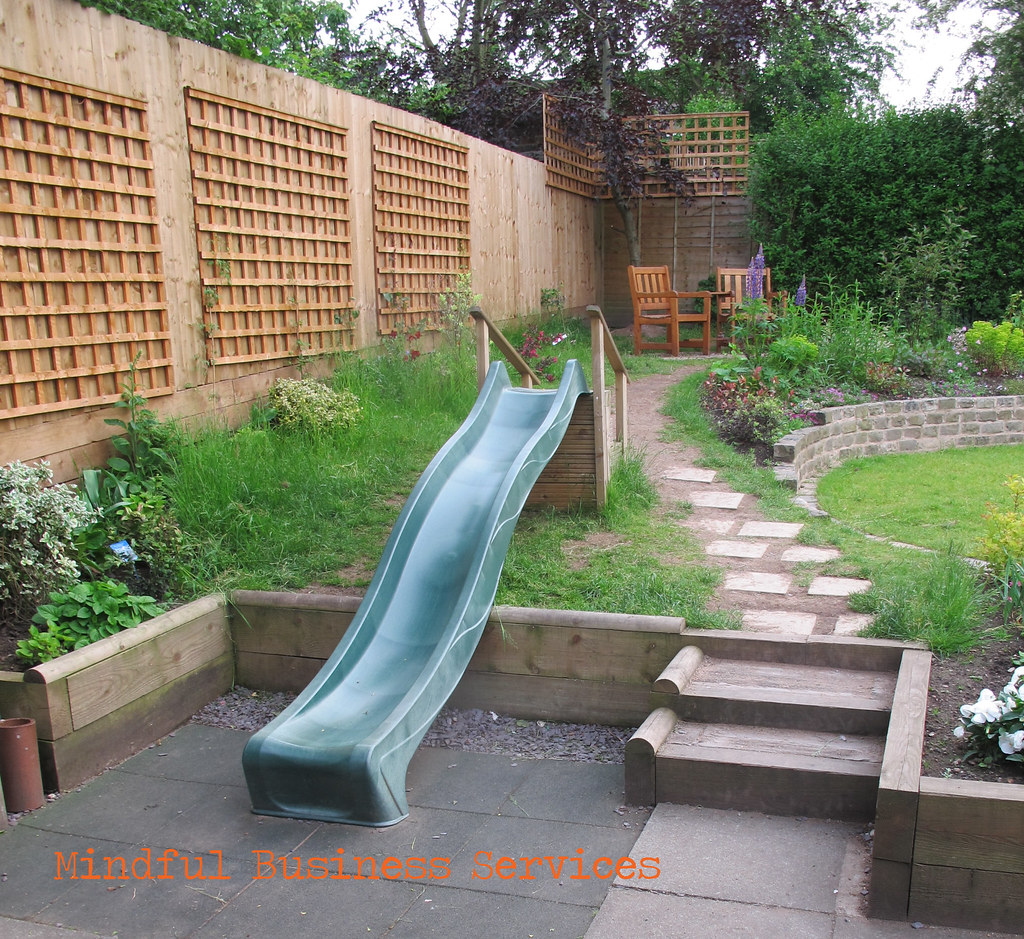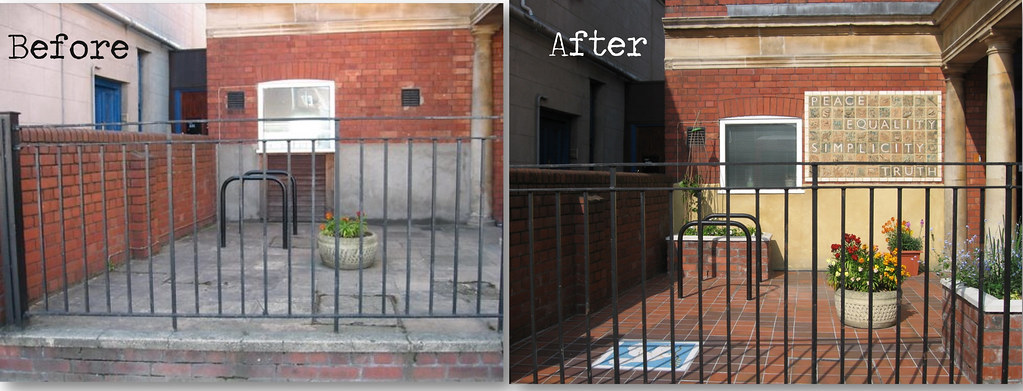 This is part of the Quaker Alphabet Project click here for more information.
This is part of the Quaker Alphabet Project click here for more information.
G is for Gardens
Many Meeting Houses have gardens or burial grounds or both…

During the Woodbrooke “AM Properties: Spiritual & Strategic Resources” course I attended last year several Trustees brought up burial grounds as a problem.
‘Tis a complicated subject with many variations – so I’m not going to get into the technical legalities of burial grounds and their maintenance.
Nor am I going to attempt to enthuse you about gardening – although it is a passion of mine. Especially in urban areas, outdoor space can be a big draw for hirers of the building, as well as making the building look more inviting.
I mentioned in C is for Choices & Changes that I had told the hirers about Minute 36, what the Meeting hoped to do to reduce its carbon footprint and some practical changes that would be happening. I also put copies of the minute and other information up on the garden noticeboard – this has guidelines on the garden and its usage.
I was able to talk about how the organic, wild life friendly garden is managed, why the various areas exist and how doing this both improves bio-diversity and reduces our carbon footprint at the same time.
Whilst each group may feel that composting their tea bags and left over biscuits may not be much, they can see that combined with the other groups it does make a difference. Ensuring that there is a display of what those differences are – for example photos of the apple harvest or pond wildlife can encourage visitors.
Good garden design can make all the difference to the usage and maintenance of the space. Maintenance and some new flowers can also help tremendously.
 Cotteridge Meeting House had their garden designed by a professional gardener Debbie Arrowsmith, who was able to combine a busy Pre-School play area with a quieter meditative space which appears when the play things are all packed away.
Cotteridge Meeting House had their garden designed by a professional gardener Debbie Arrowsmith, who was able to combine a busy Pre-School play area with a quieter meditative space which appears when the play things are all packed away.
Whilst chatting with the gardeners at Friends House, I discovered they have to be careful of the height of plantings – to prevent people using that semblance of privacy for various anti-social behaviours. Instead they’ve redesigned the area to create height and interest in different ways.
Contrasted to another gardening chat with the Warden, where their main vandals were local cattle…
Did you know that there is a Quaker Gardens Project? The Project ran a course at Woodbrooke offering help and advice on using the space to ensure that our Quaker values and testimonies are on show here as well in our buildings. Woodbrooke’s grounds are wonderful – and draw visitors in to their open days who not only enjoy a brief glimpse at this urban oasis but also learn a bit more about Quakers and organic gardening at the same time.
At a Wardens Talking event we discussed ways to use the garden for outreach – such as joining with a local gardening or green group to arrange an open day – especially if there are strong connections with the Meeting already. The group might be able to offer additional people on the day, plus marketing directed at a completely different group.
This sort of joint event could even be arranged in a Meeting House where there isn’t much garden – apple identification, seed swaps etc. are all indoor events.
Horfield Meeting in Bristol managed to convert their rather small and dingy outdoor yard into a space complete with planters and Quaker made tiled mural – a place to stop and admire whilst waiting at the bus stop rather than ignore.
Whilst if you have been blessed with ample green space you could consider using part of it to grow vegetables or fruit, as a memorial area or even create a peace garden [link to peace garden project]. Woodbrooke hold open days which attract many people into the space to enjoy the garden but also to learn a little bit about Quakers too.
- What have you done to attract people to your outdoor space?
- Have you considered the usage and maintenance of that space as a way of demonstrating Quaker values?
To browse through all of the posts click on the Quaker A-Z link here or in the side bar.

